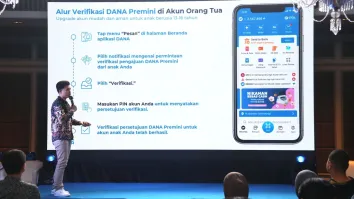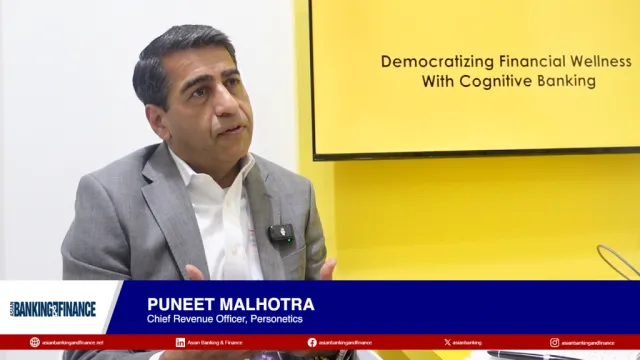
Indonesia’s cooperative credit scheme could pose risks as it scales
Cooperatives carry high credit risk due to weak governance, said UOB Kay Hian.
Indonesia’s new credit scheme for village and urban cooperatives is expected to have a so-far immaterial impact on local banks— but the impact will become “more meaningful and riskier” as disbursement scales up, said UOB Kay Hian (UOBKH).
Koperasi Merah Putih (Kopdes) credit scheme aims to open a new financing window for village and urban cooperatives. Policymakers in Indonesia stress that the funds should be used for agriculture, small trade, logistics, cold storage, clinics, pharmacies, and savings and loan units.
The programme will be distributed through state-owned enterprise (SOE) banks, which include Bank Rakyat Indonesia (BRI), Bank Mandiri, Bank Negara Indonesia (BBNI), and Bank Syariah Indonesia (BRIS) for a shariah tranche.
From a financial perspective of banks, the programme is earnings-lite with an estimated 1% return on assets (ROA) before credit cost and tax, said UOBKH in a 13 October 2025 report. This is based on a lending rate of 6%, cost of funds of 2%, and an operating expenses to loan ratio of 3%.
UOBKH said that the above scenario is an optimistic case of zero credit risk, and optimal level of opex to loan ratio.
“On the asset quality side, we think cooperatives carry high credit risk due to weak governance,” UOBKH analyst Posmarito Pakpahan said. Of 208,195 registered cooperatives in 2016, only 130,119 remained active by 2023, Pakpahan noted, based on data from the Ministry of Cooperatives.
“This backdrop underscores that Kopdes lending entails elevated default risk,” Pakpahan said, adding that many of the cooperatives that shut down was due to poor governance and weak oversight.



















 Advertise
Advertise






